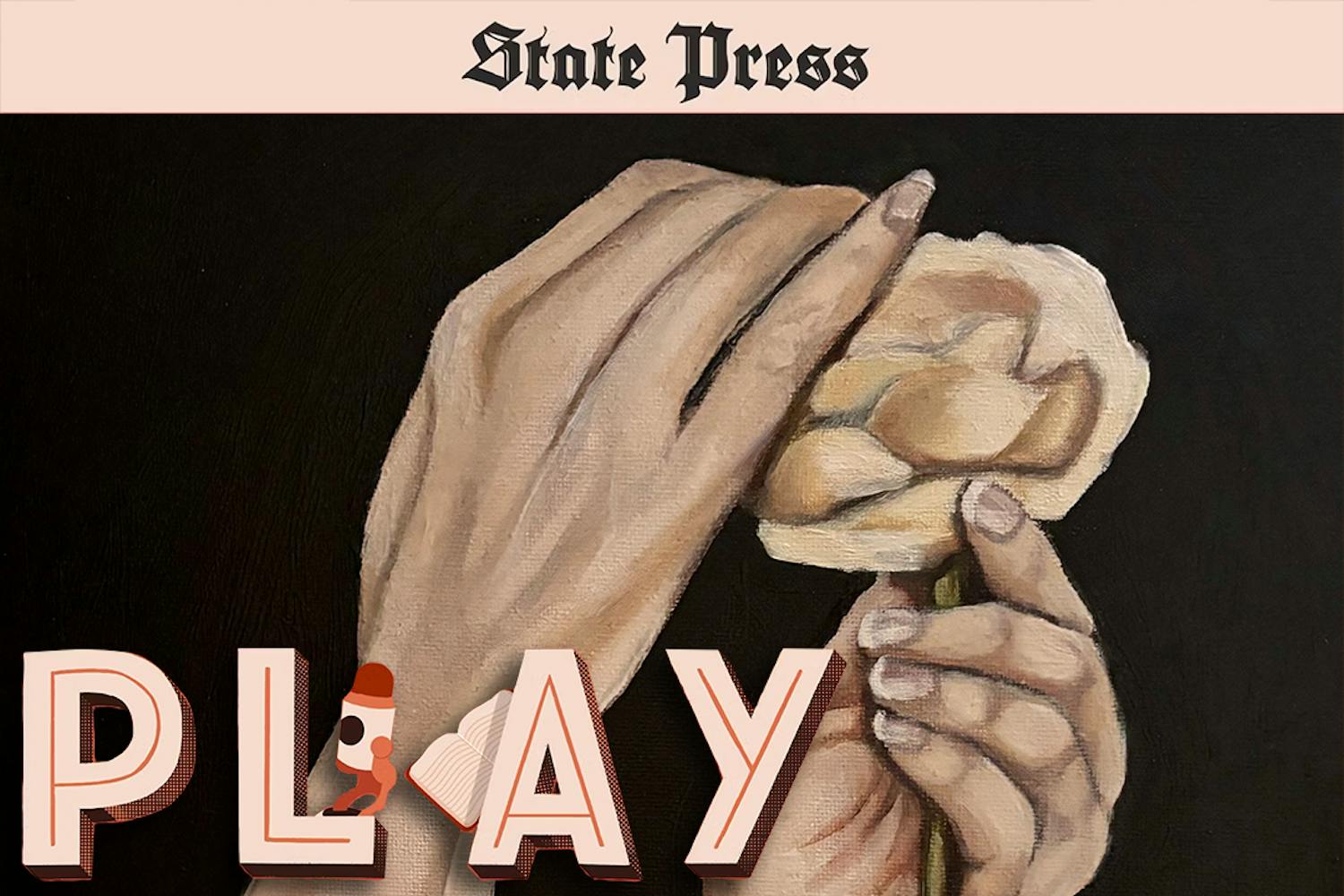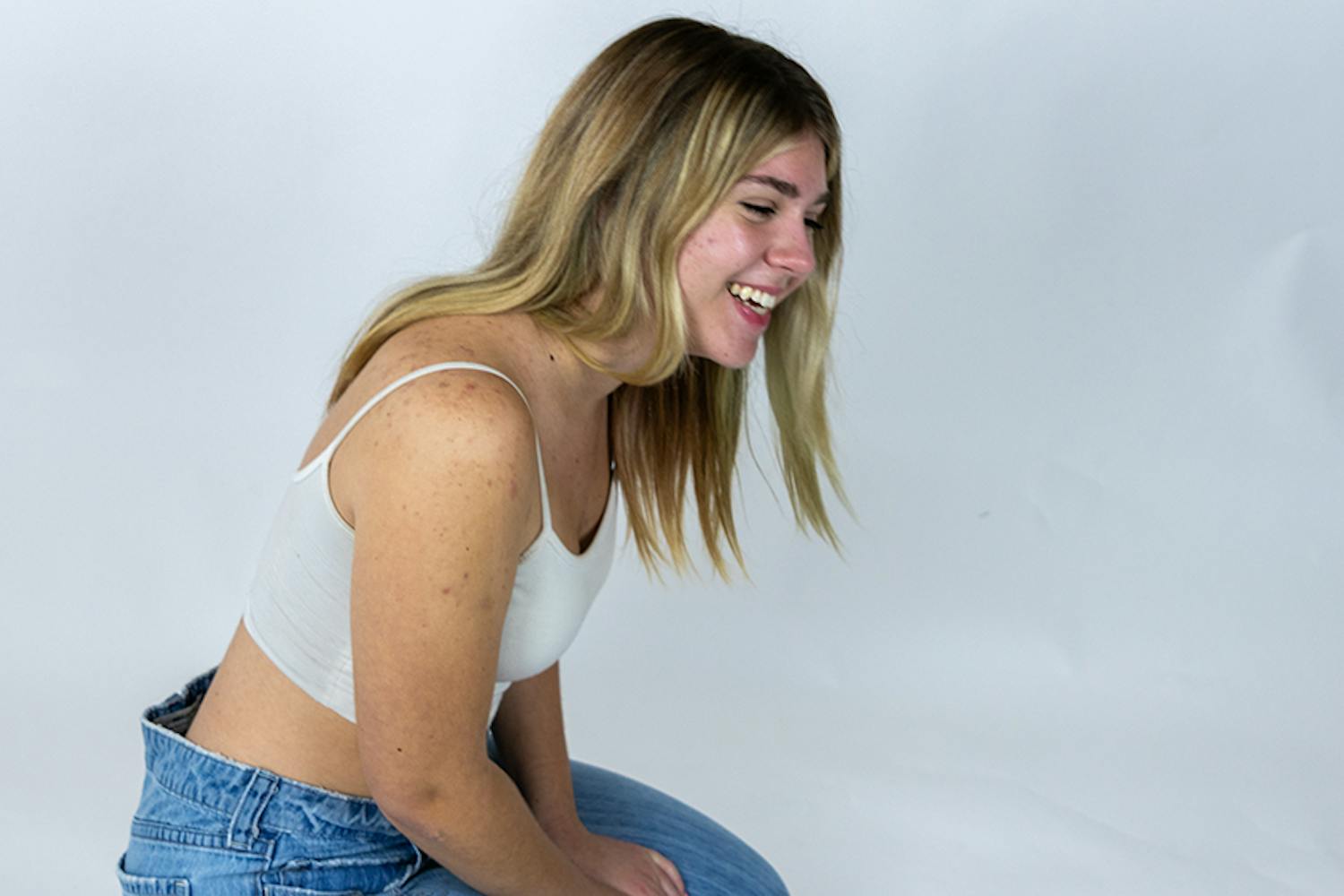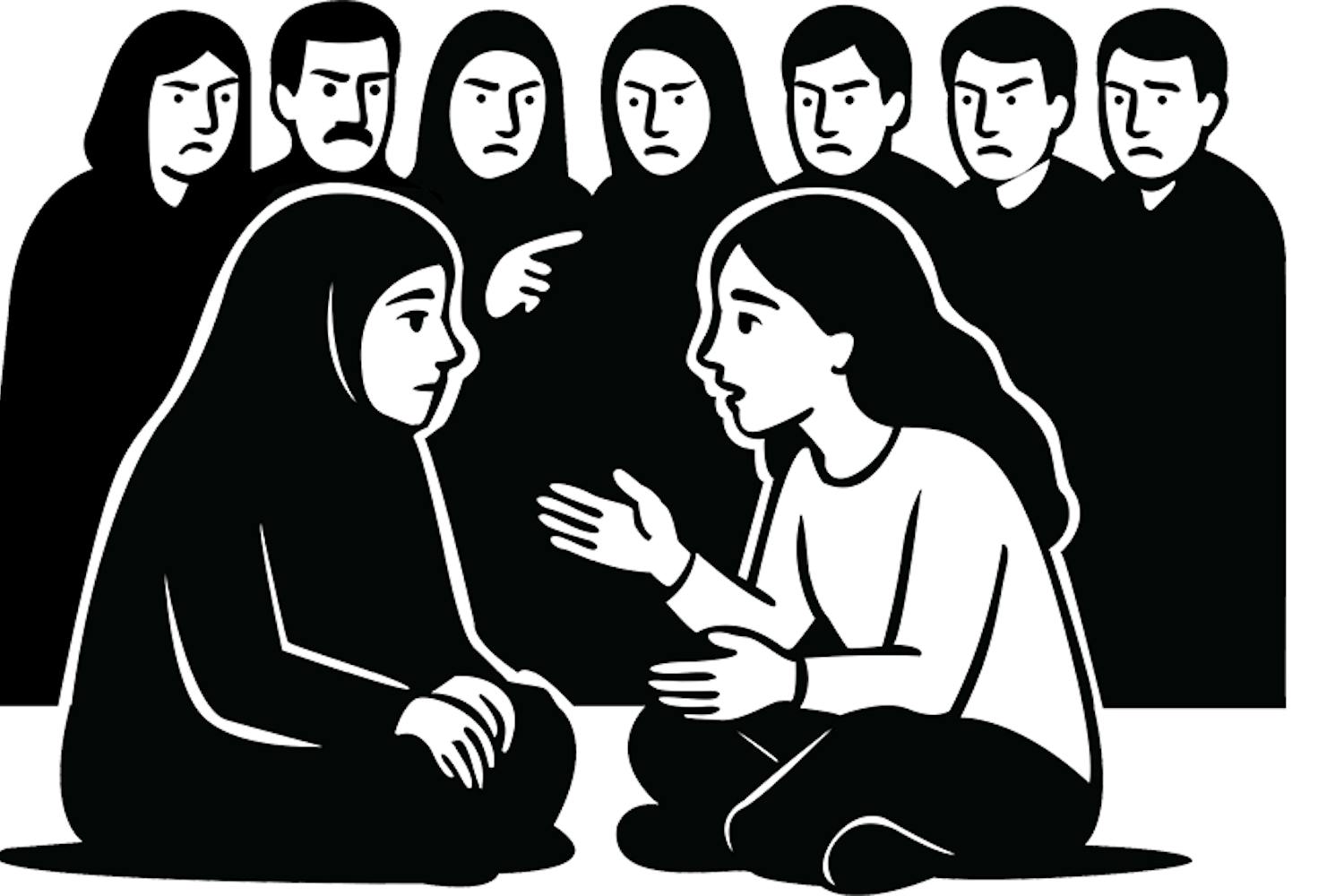From all of the demon heads and makeup around, you might think you were in a Hollywood movie set. But instead, you would find that you are at a haunted house nestled near Alice Cooper'stown in downtown Phoenix.
Alice Cooper's Nightmare is an enhanced haunted house bearing the brand of the king of horror rock.
"Everybody likes to be scared," said Ted Kelley, creative director at the Nightmare. He added that people like to be frightened in a controlled environment.
"We wear several hats," Kelley said, adding that his job lies in production, dealing with the concepts, characters and set design behind Alice Cooper's Nightmare.
This year marks the third anniversary of the Nightmare's opening. When the house was still a concept, Alice Cooper's representatives approached Kelley, saying Cooper wanted to build a haunted house. It had to be "Alice Cooper quality," Kelley said.
The house really is a nightmare. Demon-like creatures crouch in corners and pounce out in front of "victims." The house's main arteries are its 20 thematic rooms. Black, winding halls summon well-costumed evils from perfectly angled blind spots.
Kelley coined one room the "poopie room." Shattered mirrors, blood-spattered shower curtains and a possessed, fat butcher set the stage for a classic slaughterhouse. Simulating blood, jets of water startle every passer-by.
Alice Cooper's Nightmare began after several years of hard work. First came the theories driving the Nightmare's fear strategies.
"Why do you think horror flicks do well?" Kelley asked. "People love to be scared."
About a third of all movies in the box office are horror flicks for that reason, Kelley said. Alice Cooper's Nightmare harnesses film scare-tactics and add its own spin.
"It takes a lot of theory to see if something is scary," Kelley said. He pointed to his head and said, "it's all up here."
The Nightmare's hyped-up cast makes heart rates rise. A sign centered above the house's ticket booth says people with heart conditions should reconsider going through the house.
"We have a great cast," said Kelley. "We picked the crème of the crop."
A ramp, suspiciously long, weaves down near a makeshift hut cloaked with a black flap. Walk a bit farther down past the hut and a dirt-smothered urban cowboy roars out from behind flap with a chainsaw. Look for a hairy chest, high-top Converse, camouflage shorts, cowboy hat and a beard. This is when people actually run.
If you don't immediately leave, but rather stand in the crowd near the exit, you can watch unsuspecting victims saunter through the door only to be frightened by buzzing from a deranged urban cowboy with a chainsaw.
"I like the chainsaw," said former "victim" Greg Lowers while laughing at the antics. "I've always wanted to come here."
Unlike Lowers, some people don't even traverse as far as the chainsaw buzzer. The Nightmare team anticipated this, and placed three freak-out exits throughout the house. Kelley said six to eight people shoot out of one of the three doors per evening.
"I can't count how many times people have done that overall," said Kelley, chuckling. "The amount of people bailing this year has doubled but they have such a good time that they don't even ask for a refund."
Scares can't rely on characters alone. A stellar haunted house needs everything from buckets of paint to well-crafted sculptures with special effects fill any gaps in authenticity. In fact, the Nightmare team has put down about $3,000 to $6,000 for special effect devices and another $100,000 in life-safety systems to operate indoors.
"We just want everyone to have a safe, fun time," door attendant Eric Smith said about safety.
The entire Nightmare team wore communication wires, staying in constant contact. Kelley said Alice Cooper funds the operation, creating an ample budget.
Cooper's budget flew Kelley as far as the "TransWorld Halloween Costume and Party Show" in Chicago. He said the show features "the best stuff in the industry." The Nightmare uses control effects equipment from Gilderfluke and Company, who also sells to Disneyland and Universal Studios.
In addition, the team purchases special effects machines from top manufacturers like Studio TekFX, Scarefactory and Distortions Unlimited. Between purchasing special effects equipment from the show and constructing some on their own, the house's production team creates movie-like special effects.
Kelley emphasized that he likes buying special effects devices, as constructing them can be tedious. "It's nice to buy something, pull it out and plug it in," he said.
The flashy visual technology, demonic characters and large facility have attracted dozens of "victims" since September 28. Kelley agreed this is because Halloween is more of a season that just a night, adding that he has produced haunted houses since he was 11 years old.
"Halloween has been more like Christmas in the last 10 years," Kelley said.
Kelley emphasizing that Halloween has moved from the seventh-highest-grossing holiday to the third highest.
"It's all about the tricks and treats," Kelley said.
The haunted house will remain open through Nov. 1.
Chris Kark is a reporter for the Web Devil. Reach him at christopher.kark@asu.edu.



